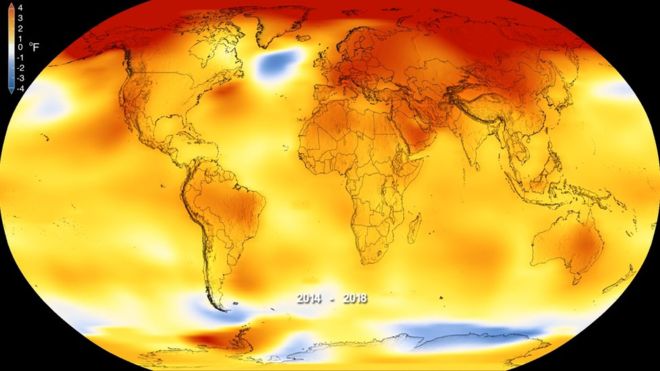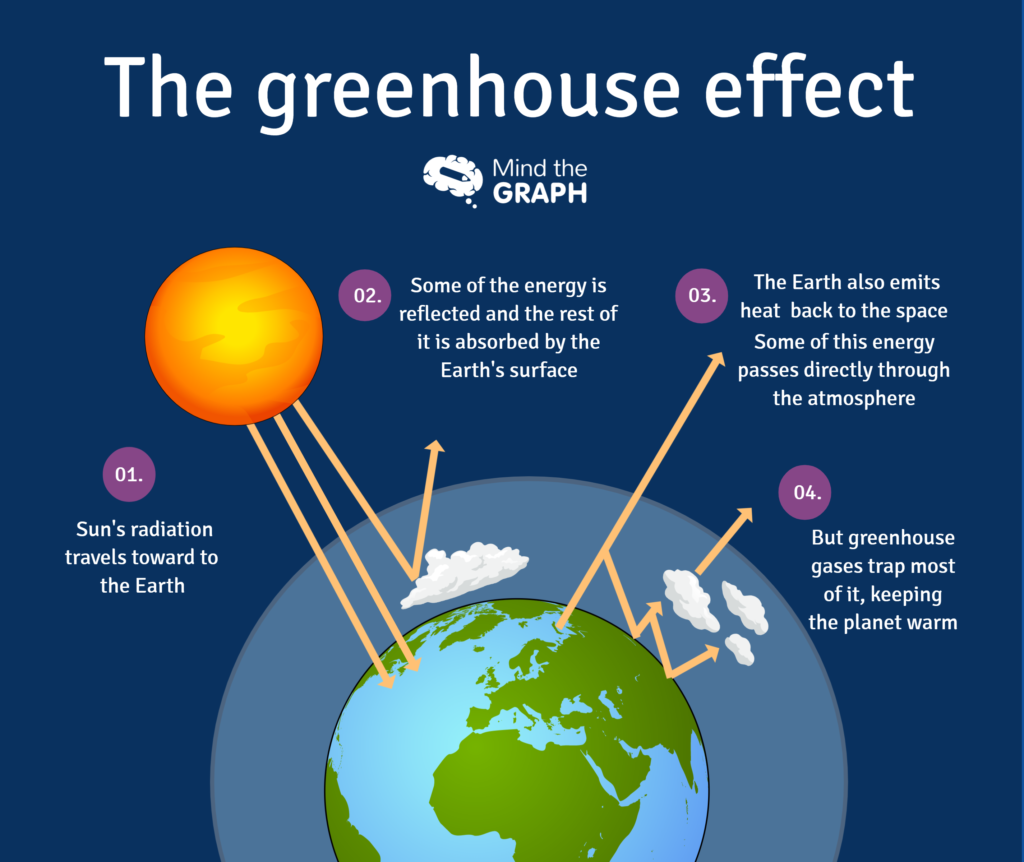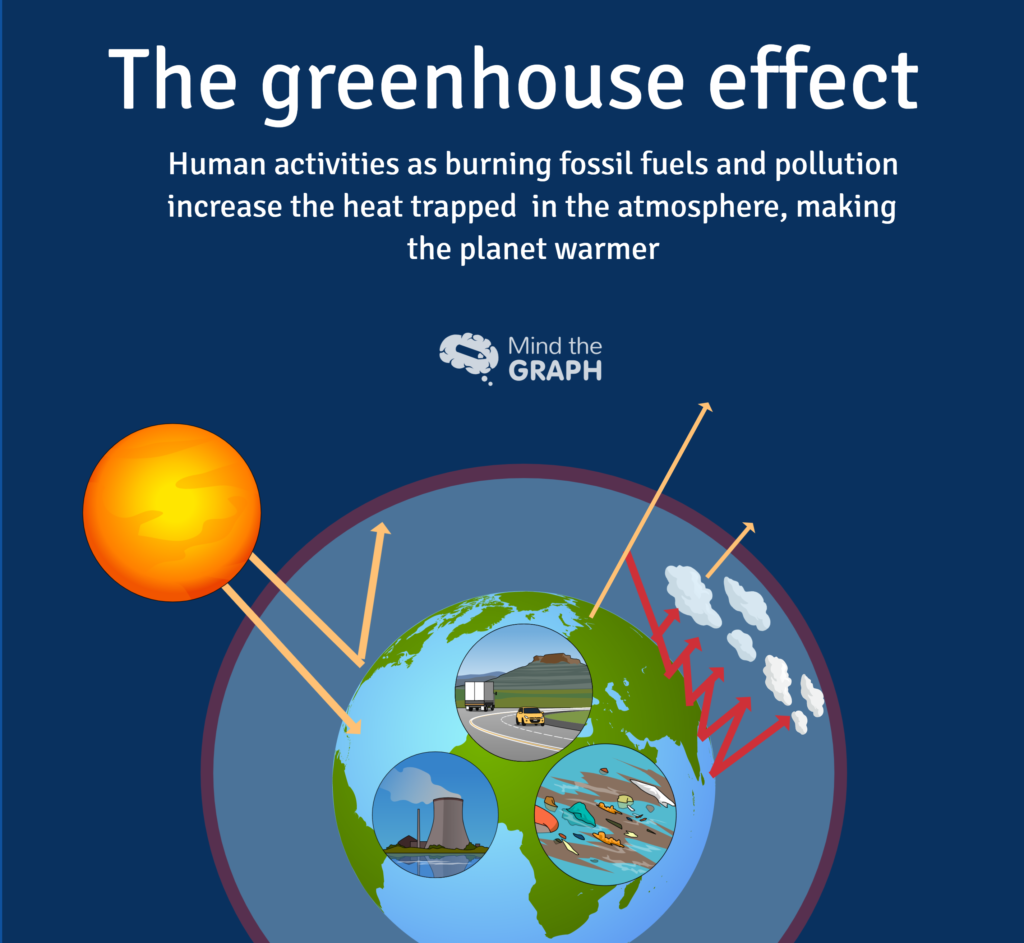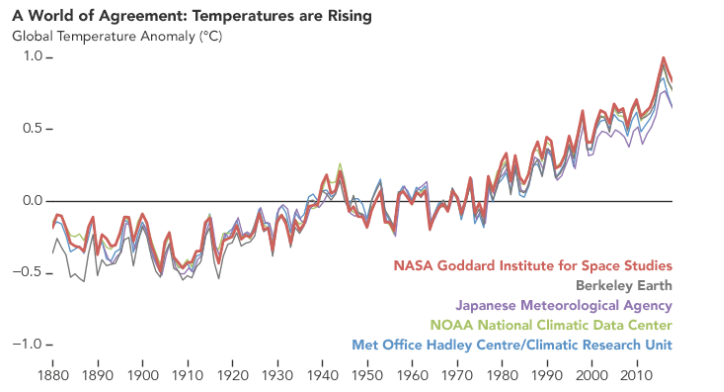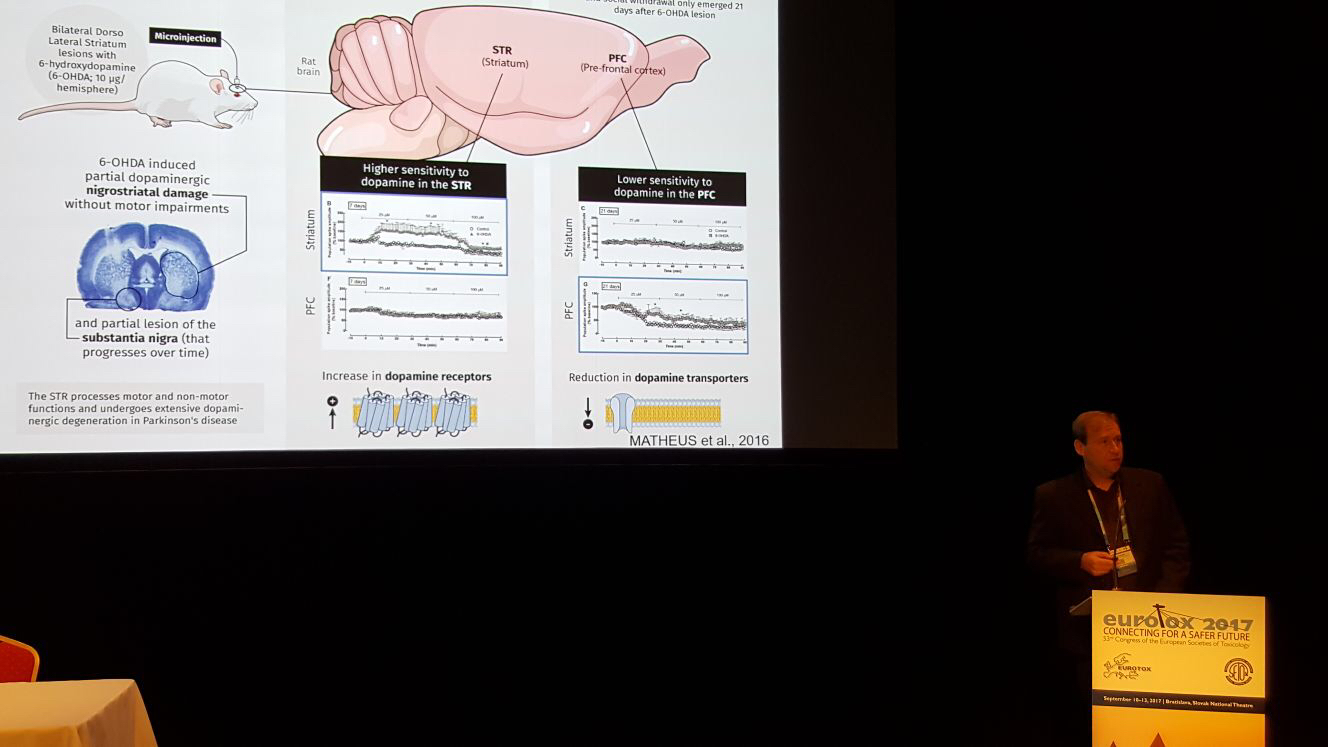Climate change is being a controversial subject these days. We can see all over social media denial and skeptic people. However, every day scientists come up with new data raising awareness about the consequences of our habits. But, humans are really causing global warming? According to science, yes. Now, three studies published on Nature this month show that scientific consensus is likely to have passed 99%.
One argument used by climate change deniers is the idea that the Earth already experienced similar dramatic peaks and troughs in the past. Two examples are the Little Ice Age and the Medieval Climate Anomaly. So, the shifts happen due a natural cycle. However, these new studies indicate that none of these shifts took place in all planet at the same period. Besides that, the current climate change process is faster than any other in the past.
The researchers used reconstructions based on 700 proxy records of temperature change, such as trees, ice and sediment, from all continents.
Mark Maslin, professor of climatology at University College London, was interviewed by The Guardian. He said that “this paper should finally stop climate change deniers claiming that the recent observed coherent global warming is part of a natural climate cycle. This paper shows the truly stark difference between regional and localised changes in climate of the past and the truly global effect of anthropogenic greenhouse emissions”.
What the new papers about Climate Change say
No evidence for globally coherent warm and cold periods over the preindustrial Common Era indicates that in the past, temperature change didn’t happen in more than half the globe at any one time.
They studied the Little Ice Age, the coldest epoch of the last millennium. The results indicate that the coldest temperatures occurred during different centuries around the world. It took place during the 15th century in the central and eastern Pacific Ocean, during the 17th century in northwestern Europe and southeastern North America. However, the remaining regions experienced the coldest temperatures only during the mid 19th century.
Which means, the spatial coherence does exist over the preindustrial Common Era.
This is consistent with the spatial coherence of stochastic climatic variability. “This lack of spatiotemporal coherence indicates that preindustrial forcing was not sufficient to produce globally extreme temperatures at multidecadal and centennial timescales. By contrast, we find that the warmest period of the past two millennia occurred during the 2oth century for more than 98% of the globe. This provides strong evidence that anthropogenic global warming is not only unparalleled in terms of absolute temperatures, but also unprecedented in spatial consistency within the context of the past 2,000 years.”
Last phase of the Little Ice Age forced by volcanic eruptions explain the strong global fluctuations in the first half of the 18th Century.
The researchers explain how the world started to move from a volcanically cooled era to a climate warmed by human emissions during the 18th Century. “During the first half of the nineteenth century, several large tropical volcanic eruptions occurred within less than three decades. […] Only after the 1850s did the transition into the period of anthropogenic warming start. We conclude that the end of the Little Ice Age was marked by the recovery from a sequence of volcanic eruptions, which makes it difficult to define a single pre-industrial baseline.”
Consistent multidecadal variability in global temperature reconstructions and simulations over the Common Era show how since the late 20th century, temperature rises have been the most rapid in the past two millennia.
In this study. the authors present 2,000-year-long global mean temperature reconstructions using seven different statistical methods that draw from a global collection of temperature-sensitive palaeoclimate records. The results indicate that the largest warming trends at timescales of 20 years and longer occur during the second half of the twentieth century, highlighting the unusual character of the warming in recent decades.
As the article published on The Guardian explains, previous studies have shown near unanimity among climate scientists that human factors – car exhausts, factory chimneys, forest clearance and other sources of greenhouse gases – are responsible for the exceptional level of global warming.
These infographics are helpful to understand the greenhouse effect:
You can read more about it on:
- Carbon cycle and greenhouse effect – A scientific infographic
- Consequences of ocean acidification on marine animals
- Your article is ready to future? Social media has space for scientific communication too.
Now, we need to raise awareness about the consequences of climate change. Talk to people about and try to decrease our impact are ways to do something. What are we doing about it as a scientists?

Subscribe to our newsletter
Exclusive high quality content about effective visual
communication in science.

